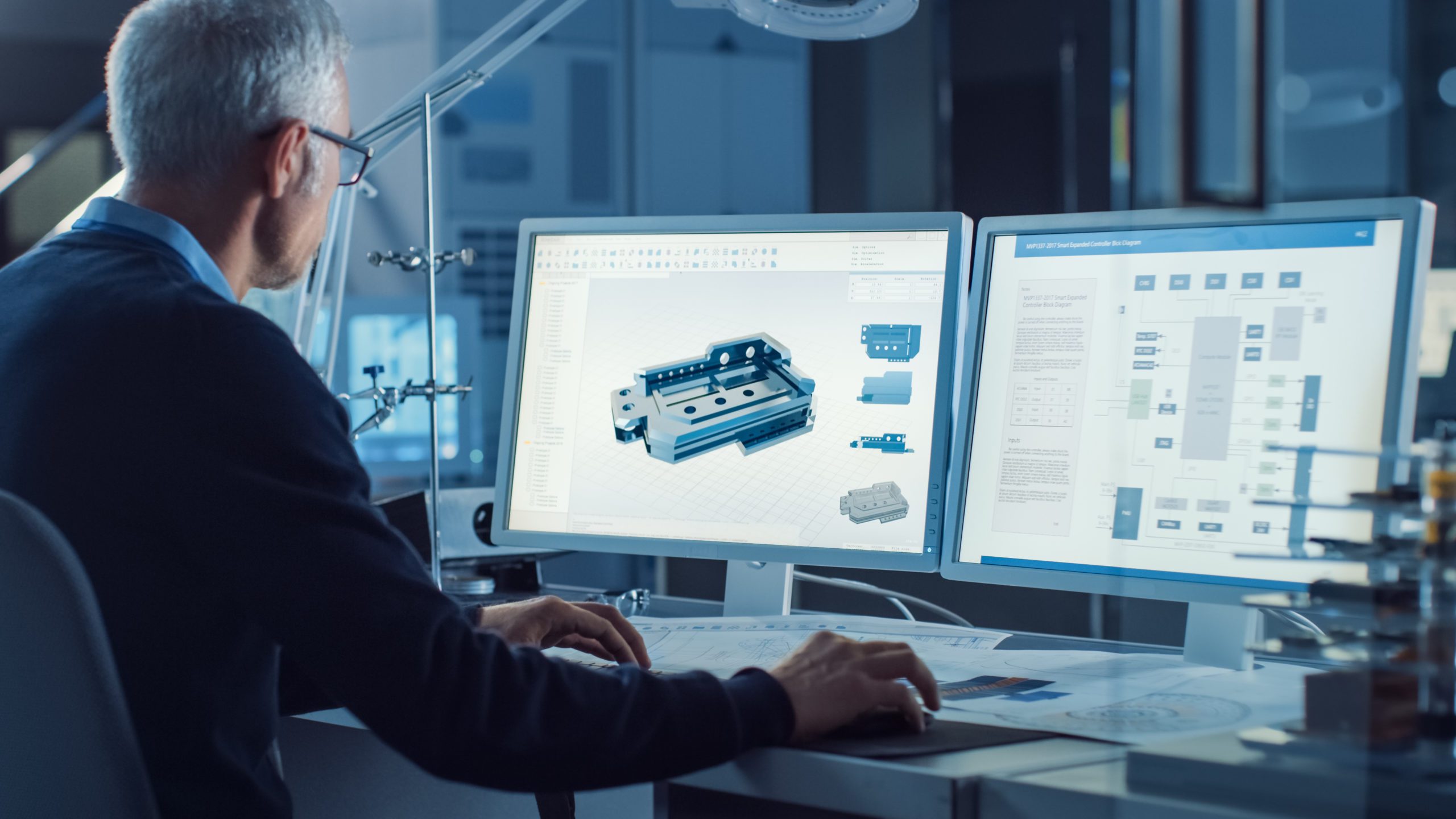Ultimate User Guide to CAD Software
If you’re involved in design, engineering, or architecture, chances are you’ve heard of CAD software. Computer-aided design (CAD) has revolutionized the way we create and visualize designs, from simple 2D drawings to complex 3D models. In this comprehensive guide, we’ll cover everything you need to know about CAD software, including its history, types, features, and benefits.
History of CAD Software
CAD software has come a long way since its inception in the 1960s. The first CAD programs were rudimentary and used for basic drafting tasks. Over time, CAD evolved to include 3D modeling, simulation, and animation capabilities. Today, CAD software is an essential tool in a variety of industries, from manufacturing to entertainment.
Types of CAD Software
There are several types of CAD software, each with its own strengths and weaknesses. Some of the most popular types include:
2D CAD: This type of software is used for creating two-dimensional drawings, such as floor plans or schematics.
3D CAD: 3D CAD software allows users to create three-dimensional models of products, buildings, and other structures.
Architectural CAD: This type of software is specifically designed for architects and includes features such as building information modeling (BIM) and visualization tools.
Mechanical CAD: Mechanical CAD software is used for designing mechanical components and assemblies, such as engines or machines.
Civil CAD: This type of software is used for designing civil engineering projects, such as roads, bridges, and water systems.
Electrical CAD: Electrical CAD software is used for designing electrical systems, such as wiring diagrams, panel layouts, and schematics.
Electronic CAD: Electronic CAD software is used for designing electronic circuits and devices, such as printed circuit boards (PCBs) and integrated circuits (ICs).
PLM CAD: Product lifecycle management (PLM) CAD software is used for managing the entire lifecycle of a product, from design to manufacturing to end-of-life.
Features of CAD Software – 2D and 3D
CAD software offers a range of features that make it a powerful tool for designers and engineers. 3D CAD software is one of the most popular types of CAD software, offering a range of advanced features that make it a powerful tool for designing and visualizing 3D models. Some of the most common features include:
Parametric modeling: This feature allows users to make changes to a design and have the software automatically update all related elements. You can create models that can be easily modified by changing specific parameters, such as size or shape.
Assembly modeling: This feature allows users to create complex assemblies and view how all components fit together.
Animation and Simulation: CAD software can simulate real-world conditions to test the performance and durability of a design.
Visualization: CAD software includes tools for rendering 2D and 3D models, creating animations, and generating photorealistic images.
Rendering: 3D CAD software includes powerful rendering tools that allow designers to create realistic 3D images and animations, with options for lighting, textures, and materials.
Benefits of CAD Software
Using CAD software offers numerous benefits, including:
Increased productivity: CAD software automates many tasks that would be time-consuming and error-prone if done by hand.
Improved accuracy: CAD software allows designers to create precise, detailed models that can be easily modified and tested.
Enhanced collaboration: CAD software makes it easy for teams to work together on a project, sharing files and feedback in real-time.
Cost savings: By simulating and testing designs before they are built, CAD software can help reduce the risk of errors and rework.
How to Choose the Right CAD Software for Your Needs
With so many types of CAD software available, it can be challenging to choose the right one for your needs. Here are some factors to consider when selecting CAD software:
Type of design: Consider the type of design you will be creating, such as 2D or 3D, mechanical, electrical, or architectural, and choose software that is specifically designed for that type of design.
Ease of use: Look for software that is easy to use, with a user-friendly interface and intuitive design tools.
Compatibility: Make sure the software is compatible with your hardware and operating system, and can import and export files in the formats you need.
Cost: Consider the cost of the software, including any licensing or subscription fees, and weigh it against the features and benefits it offers.
The Future of CAD Software
As technology continues to advance, CAD software is also evolving, with new features, tools, and capabilities being added all the time. Some of the trends that are shaping the future of CAD software include:
Cloud-based CAD
Cloud-based CAD: Cloud-based CAD software allows designers to work collaboratively on a design from anywhere, with all files and data stored in the cloud for easy access and sharing.
Virtual and augmented reality: VR and AR technologies are being integrated into CAD software, allowing designers to create and visualize designs in immersive 3D environments.
Artificial intelligence: AI is being used to automate repetitive tasks, such as drafting and modeling, and to generate design options based on specific parameters and constraints.
Integrated workflows: CAD software is being integrated with other software tools and systems, such as manufacturing and supply chain management, to create seamless workflows and improve efficiency.
What’s Your Conclusion?
CAD software has transformed the way we design and engineer products, buildings, and infrastructure, offering greater speed, accuracy, and collaboration than ever before. With a range of advanced features and tools, including 3D modeling, parametric design, simulation, and rendering, CAD software is a powerful tool for designers and engineers in a wide range of industries. By considering factors such as type of design, ease of use, compatibility, and cost, and staying up-to-date with the latest trends and technologies, you can choose the right CAD software for your needs and stay ahead of the curve in the world of design and engineering.

0 Comments